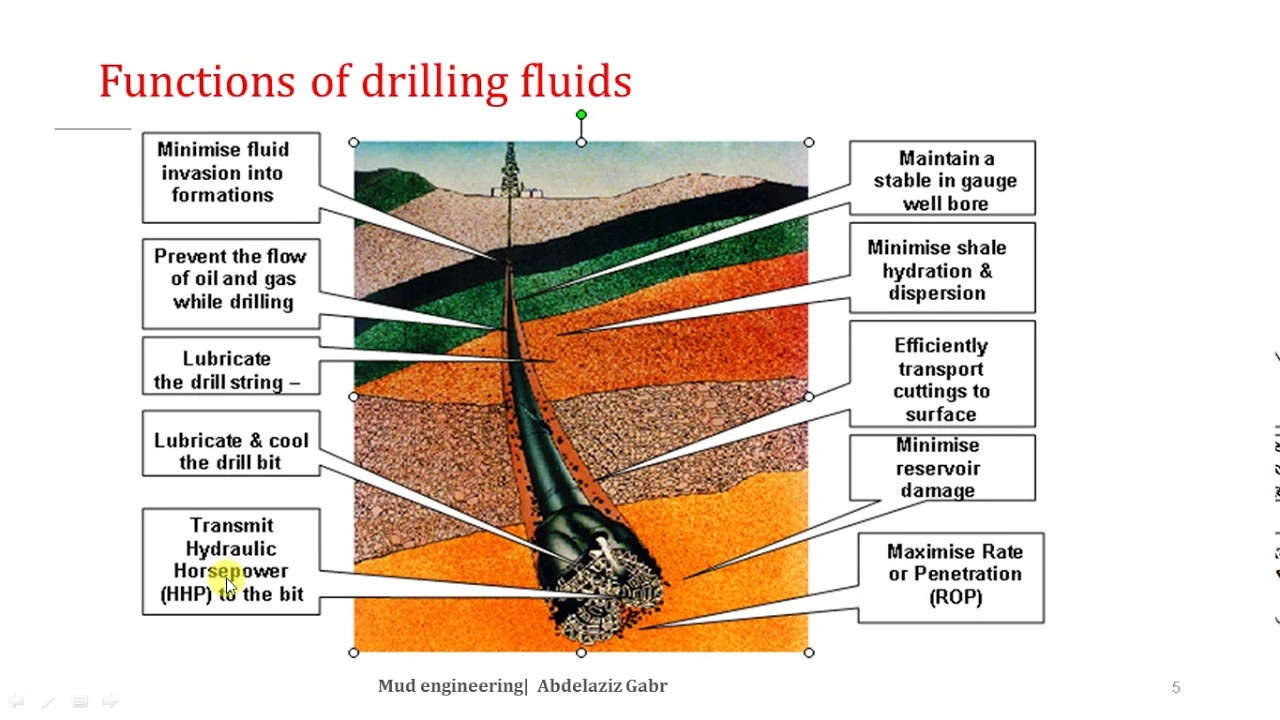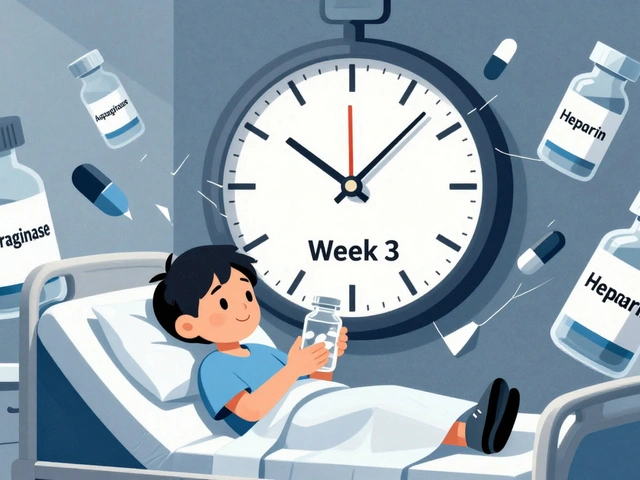Essential Component: Why the Active Ingredient Matters in Your Meds & Supplements
Ever wonder what really does the work in a pill, cream, or supplement? The "essential component" is usually the active ingredient — the part that treats the condition. Knowing it helps you pick the right product, avoid bad interactions, and save money by choosing effective generics. This tag gathers articles that explain which ingredient matters, why, and how to use that info when shopping or talking to your doctor.
Understand what’s on the label
Labels list both the active ingredient and other components (fillers, dyes, preservatives). Focus first on the active ingredient name, not the brand. For example, Protonix is a brand name for pantoprazole; Depakote contains valproic acid. When you know the active ingredient, you can compare products, check side effects, and find generics that cost less but work the same.
Watch for hidden differences. Two drugs with the same active ingredient can use different salts or formulations that change how fast they work. A long‑acting tablet might be better for once‑daily dosing than an immediate‑release form. If you’re reading our articles—like the guides on Symbicort, Florinef, or Hucog HP—we point out those practical differences so you don’t mix up strengths or forms.
Quick checklist before you buy or take anything
Use this short checklist to spot essential components and stay safe:
- Read the active ingredient first, then the strength (mg or IU).
- Compare brand vs generic by active ingredient, not packaging.
- Scan the inactive ingredients for allergens (dyes, lactose, gluten).
- Check interactions—ask a pharmacist if you take heart meds, blood thinners, or mood drugs.
- Look up storage and handling—some injectables or biologics need refrigeration.
Our site covers many real examples: alternatives to common drugs (amlodipine, Motilium, Wellbutrin SR), safety tips for online purchases, and breakdowns of supplements like maqui, agave, sour cherry, and Abana. Those posts highlight which component matters most and why that matters for results and safety.
If you shop online, focus on verified pharmacies and confirm the active ingredient on the product page. Articles about online pharmacies and shopping guides here explain how to check legitimacy and avoid counterfeit meds.
Finally, knowing the essential component makes conversations with your clinician clearer. Instead of saying "the blue pill," say "pantoprazole 40 mg" or "maqui extract 500 mg." That helps your doctor give targeted advice faster.
Want to learn more? Browse the posts tagged "essential component" for practical breakdowns, product comparisons, and real‑world tips that make medical choices easier and safer.

Calcium carbonate in the oil and gas industry: An essential component
As a vital component in the oil and gas industry, calcium carbonate plays a crucial role in various aspects of the drilling process. It helps in stabilizing the drilling fluid, preventing the formation of gas hydrates, and maintaining the desired density of the fluid. Additionally, calcium carbonate is an effective bridging agent, sealing off porous sections of the wellbore to prevent fluid loss. Furthermore, it aids in the neutralization of acidic components in the drilling fluid, ensuring the well's stability and safety. Overall, calcium carbonate's versatility and effectiveness make it an indispensable component in the oil and gas industry.
read more




